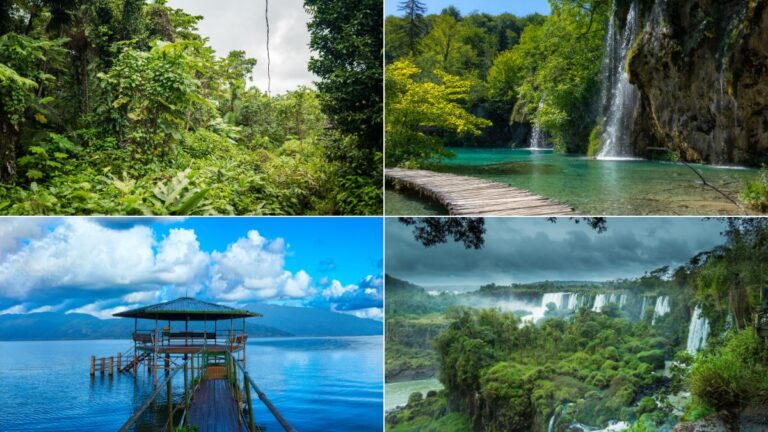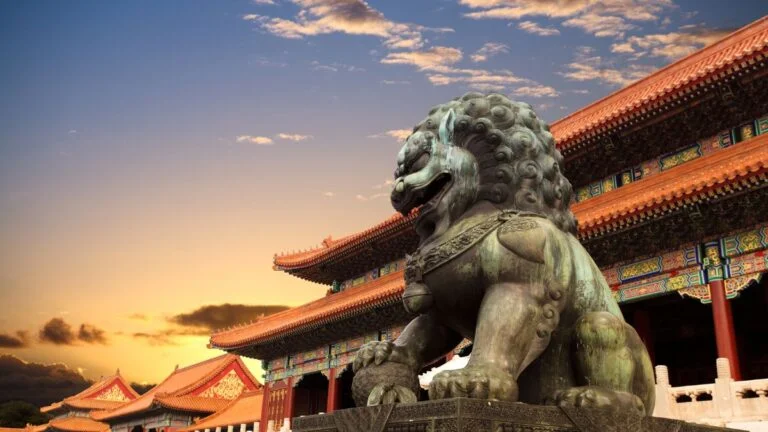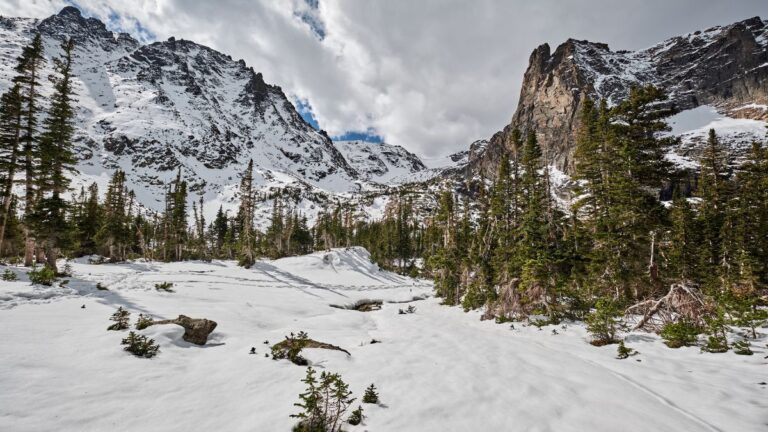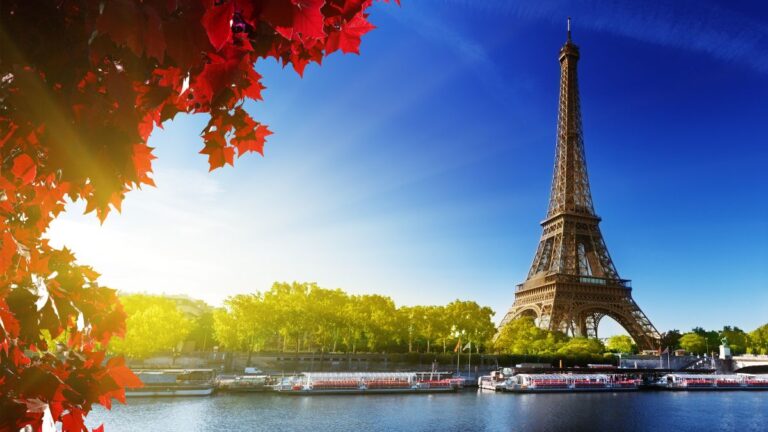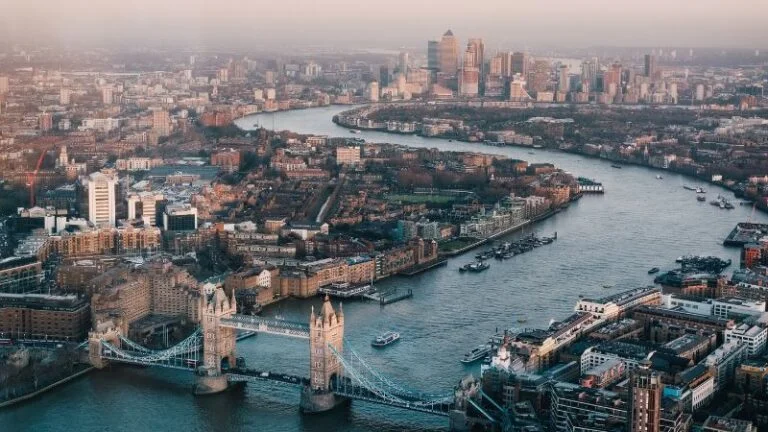Worst Time to Visit Milan: Navigating the Challenging Seasons
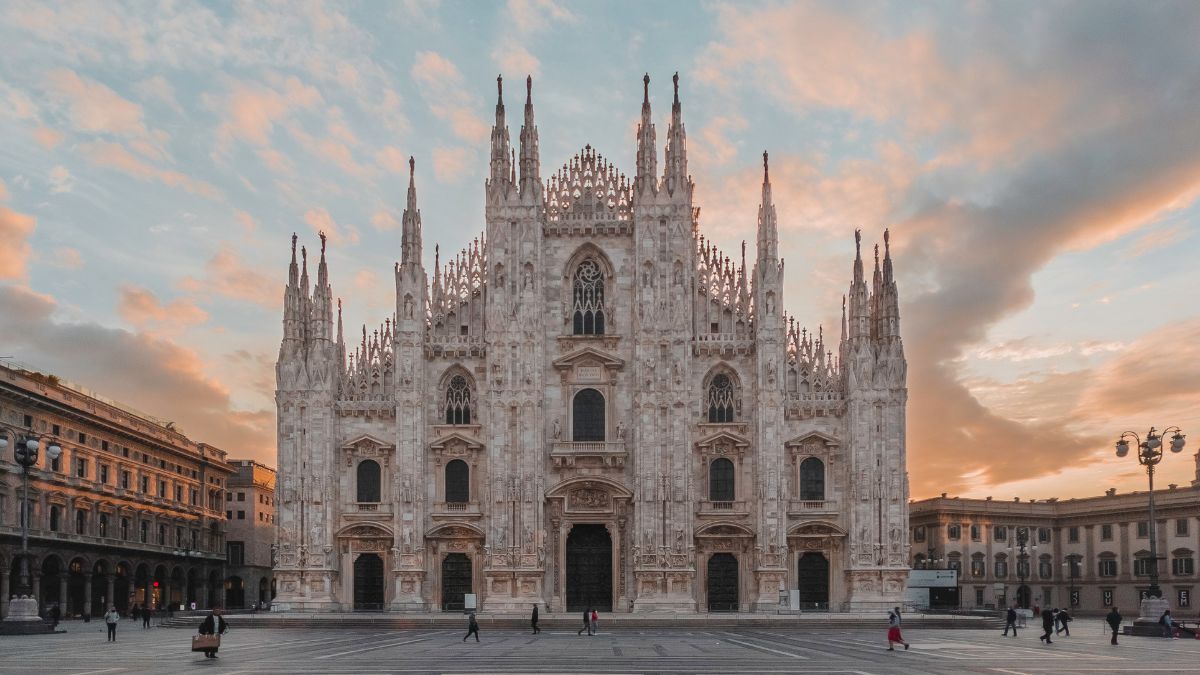
As participants in Amazon Associates and other programs, we earn from qualifying purchases. This comes at no additional cost to you. For more details, see our Affiliate Disclosure.
Milan is a beautiful city with a rich history and culture, attracting millions of tourists every year. However, like any other destination, there are certain times of the year when visiting Milan can be challenging.
In this article, we will explore the seasons that may pose difficulties for travelers and provide tips on how to navigate them to make the most out of your trip to this stunning Italian city.
Understanding Milan’s Seasonal Weather Patterns
Milan, like much of Italy, experiences a Mediterranean climate which can swing between hot, humid summers and cold, damp winters. It’s crucial to understand how these weather patterns can impact your travel plans.
Summer Months (June to August): In these months, Milan becomes swelteringly hot and humid, often exceeding temperatures of 30°C (86°F). Although the city offers numerous events and festivals during this time, the heat can become oppressive, especially for those unaccustomed to such temperatures. In addition, the humidity often brings about sudden and heavy downpours, so it’s always advisable to carry an umbrella if you choose to visit during this time.
Autumn (September to November): Autumn in Milan is generally mild with temperatures ranging from 10°C to 20°C (50°F to 68°F), but it’s also one of the wettest periods of the year. It is particularly known for the “nebbia” (fog), which can add a moody atmosphere to the city but can also hinder outdoor activities and sightseeing.
Winter (December to February): Winters can be bitterly cold with temperatures dropping to near-freezing levels. Additionally, Milan is known for its grey, overcast skies and persistent drizzles during the winter months, which can make the city feel gloomier than it does during the rest of the year.
Spring (March to May): Spring in Milan is usually pleasant and mild, but showers are frequent, and a sudden cold spell isn’t unheard of.
With these seasonal variations in mind, consider how you best enjoy exploring new cities. Are you comfortable navigating through high heat or heavy rain, or do you prefer milder weather? Your answer to this will help determine the best (or worst) time for your personal visit to Milan.
Tourist Surge: When Milan’s Popularity Peaks
For any global destination, understanding when tourist numbers surge is crucial for planning a visit that aligns with your travel preferences. In Milan, the city’s popularity peaks at certain times, leading to a marked increase in visitor numbers.
Fashion Weeks (February/March and September/October): Milan is a renowned global fashion capital, and during the bi-annual Fashion Weeks, the city brims with designers, models, photographers, and fashion enthusiasts from all around the world. While this can be an exciting time to visit if you’re passionate about fashion, be prepared for crowded streets, packed restaurants, and increased accommodation prices.
Summer Months (June to August): Despite the heat, the summer months still attract a significant number of tourists. This is especially true in August when many Italians take their vacations. Consequently, many of the city’s popular attractions like the Duomo di Milano or The Last Supper may be overcrowded.
Christmas Period (December): Milan is beautifully decorated during the Christmas period, attracting many tourists despite the cold weather. The festive Christmas markets, vibrant lights, and general festive mood create a magical atmosphere that many travelers find irresistible.
Design Week (April): Also known as Salone del Mobile, this event sees an influx of designers, architects, and creative minds to the city. Much like Fashion Week, expect a busy city and inflated prices.
Travelers who prefer a quieter, less crowded experience should aim to avoid these peak periods. Alternatively, if you’re attracted to the buzz of Milan during these bustling events, then these are the times to embrace the city in all its crowded glory. Remember, planning ahead and booking accommodations and sightseeing tickets in advance will be essential if you visit during these peak times.
High Season, High Prices: Navigating the Cost of Travel
In line with the law of supply and demand, traveling to Milan during its high season will naturally attract higher prices for accommodations, dining, and even certain activities. Navigating this cost spike is vital for those traveling on a budget or those who prefer getting the best value for their money.
Accommodations: Prices for hotels and other lodgings tend to skyrocket during peak periods such as Fashion Weeks, Design Week, and the summer months. Booking well in advance can help secure a good deal, but expect rates to be significantly higher than during off-peak periods.
Restaurants and Dining: Popular restaurants and cafes may increase their prices during high season. While the change might not be drastic, it can add up over the course of your visit, especially if dining out is a primary part of your travel experience.
Airfare: Flight costs can also fluctuate dramatically based on demand. Generally, the summer months and periods around large events like Fashion Weeks will see an increase in flight prices.
Activities: Entrance fees for certain attractions may rise during peak season. Also, popular tours and experiences can get booked up quickly, leading to a surge in prices.
To navigate these increased costs, consider traveling in the shoulder seasons — late spring (April to June) and early fall (September and October). During these times, the weather is still generally pleasant, and prices are more moderate. Alternatively, if your travel dates are not flexible, planning ahead and booking your flight, accommodation, and activities well in advance can help you lock in better prices and avoid last-minute rate hikes. Remember to compare prices on various booking platforms for the best deal.
Getting Around: Transport Troubles in Peak Seasons
Navigating Milan’s public transportation system during peak tourist season can present some challenges. With an influx of visitors and many locals still within the city, the transport system can become crowded and slightly more difficult to navigate.
Public Transportation: Milan’s public transport network, comprising trams, buses, and a metro system, can become heavily congested during peak hours, particularly during large events like Fashion Weeks and Design Week. Moreover, during the summer holidays, the city schedules fewer services, making it even harder to get around.
Taxis and Ride-hailing Services: Much like public transport, taxis and ride-hailing services such as Uber can be in high demand during peak tourist seasons and large events. This could result in longer wait times and surge pricing.
Road Traffic: If you plan on renting a car in Milan, be prepared for heavy traffic during peak seasons, especially during rush hours. Milan is notorious for its “traffico limitato” (limited traffic) zones, and fines for driving in these zones can be hefty.
Bicycles and Scooters: Milan has several bike and scooter sharing options, which can be a convenient way to get around the city. However, during peak seasons, finding an available bike or scooter might be challenging, particularly in tourist-heavy areas.
To mitigate transport troubles, consider walking where possible, as Milan’s city center is relatively compact. Plan your itinerary strategically, grouping attractions that are close to each other. Also, try to avoid rush hours for public transport and consider using Milan’s bike-sharing system for shorter distances.
Pre-booking taxis or utilizing ride-sharing services during off-peak hours can help circumvent long wait times. Finally, purchasing a Milan transportation card for unlimited travel within a certain period could be a cost-effective solution for heavy public transport users.
Overcrowded Icons: When Milan’s Landmarks Are Most Packed
Milan’s iconic landmarks, such as the Duomo di Milano, Galleria Vittorio Emanuele II, Sforza Castle, and the mural of The Last Supper, draw in crowds year-round. However, during certain periods, these attractions can become exceptionally crowded, leading to long queues and a less enjoyable visitor experience.
Duomo di Milano and Galleria Vittorio Emanuele II: These are two of the city’s most visited landmarks, located in the heart of Milan. They attract the most visitors during the summer months and during major events such as Fashion Weeks.
The Last Supper: Due to its immense popularity and the need to preserve the artwork, viewing Leonardo da Vinci’s The Last Supper requires advanced booking, and only a limited number of visitors are allowed each day. During peak seasons, tickets can sell out weeks, if not months, in advance.
Sforza Castle: While the outdoor areas of this historic fortress remain fairly spacious even during peak times, the museums within can become particularly busy during summer and during free entry periods.
Navigli District: Known for its picturesque canals, trendy boutiques, and vibrant nightlife, this area can get incredibly packed during evenings and weekends, particularly in the summer.
If visiting these popular attractions without the overwhelming crowds is a priority for you, consider planning your trip during Milan’s shoulder seasons—late spring (April to June) and early fall (September to October).
Moreover, regardless of when you choose to visit, try to reach these attractions early in the day before the crowds pour in. For attractions that require tickets, such as The Last Supper, be sure to book well in advance to secure your spot.
Off-Season Woes: Lesser Known Challenges
While traveling during Milan’s off-season can certainly save you from bustling crowds and high prices, it comes with its own set of challenges that potential visitors should be aware of.
Unpredictable Weather: Winter (December to February) can be harsh and gloomy in Milan. The city often experiences cold, damp weather and grey skies, which may not be ideal for sightseeing and outdoor activities.
Limited Services: Many restaurants, especially those in tourist-centric areas, may limit their hours during the off-peak season. Some may even close completely for part of the winter.
Reduced Transport Services: Public transportation in Milan often operates on a reduced schedule during off-peak seasons, particularly during the Christmas holidays. This could mean longer wait times and potentially crowded conditions when services are running.
Closure for Renovation: Some attractions may seize the opportunity of the slower winter months to carry out renovations or restorations. It’s a good idea to check the websites of key attractions ahead of your visit to ensure they will be open.
Holiday Closures: Remember that Italy observes several national holidays during the off-peak season, such as Christmas, New Year’s Day, and Epiphany (January 6th), during which many services and attractions may be closed or have reduced hours.
Visiting Milan in the off-season isn’t a bad idea—lower prices, fewer tourists, and a more relaxed pace can make for a delightful trip. However, being aware of these potential challenges can help you plan more effectively and ensure a smooth and enjoyable visit.
Key Events and Their Impact on Your Visit
Milan is a city that thrives on events, many of which are globally recognized and have a significant impact on visitor experiences. The following are some of the key events that take place in Milan throughout the year:
Fashion Weeks (February/March and September/October): As one of the world’s foremost fashion capitals, Milan hosts two major Fashion Weeks annually. These events attract a significant number of visitors, causing an increase in prices and crowds. If you’re not particularly interested in fashion, these periods might be best avoided.
Design Week (April): Known as Salone del Mobile, this event is one of the biggest on the global design calendar. The city fills up with designers, architects, and design enthusiasts, and several events are held throughout Milan. Similar to Fashion Week, this period sees increased crowd levels and prices.
Milan Film Festival (September): This annual event is a celebration of international cinema. If you’re a film enthusiast, it could be a great time to visit, but be prepared for potential crowding and higher accommodation prices.
Christmas and New Year Celebrations (December/January): Milan is known for its festive spirit during the holiday season. Christmas markets pop up all over the city, and there are numerous events and celebrations leading up to New Year’s Day. While it’s a magical time to visit, it’s also a peak period for tourism.
Festa di Sant’Ambrogio (December): This event, held on December 7th, is the feast day of Milan’s patron saint, Ambrose. It coincides with the opening night of La Scala’s season and marks the beginning of the city’s Christmas festivities. This is a busy period, particularly in the city center.
While these events can make Milan more crowded and expensive, they also contribute to the city’s vibrant atmosphere and offer unique experiences. If you’re interested in attending any of these events, book your accommodations well in advance and be prepared for the city to be busier than usual.
Timing Your Perfect Milan Experience
Determining the best or worst time to visit Milan greatly depends on what you seek from your travel experience. If you’re passionate about fashion or design and don’t mind the crowds, the vibrancy and excitement during the Fashion Weeks or Design Week might offer the perfect Milan experience. If you prefer a more laid-back, crowd-free exploration of the city, the shoulder seasons in late spring (April to June) and early fall (September to October) would be ideal, offering pleasant weather and moderately busy tourist spots.
Winter, despite the colder weather and potential closures, offers a unique charm, especially around the Christmas season with its festive lights, decorations, and bustling markets. However, do remember that the off-season might also mean unpredictable weather and potentially reduced services.
Overall, a well-planned visit that aligns with your personal interests, budget, and weather preferences can turn even the ‘worst’ time into a fantastic Milanese adventure. Regardless of when you decide to visit, the city’s rich history, world-class shopping, remarkable landmarks, and delectable Italian cuisine are sure to provide an unforgettable experience. Remember, knowledge is the key, and understanding what to expect during each season is your best tool for crafting your perfect Milan trip.

